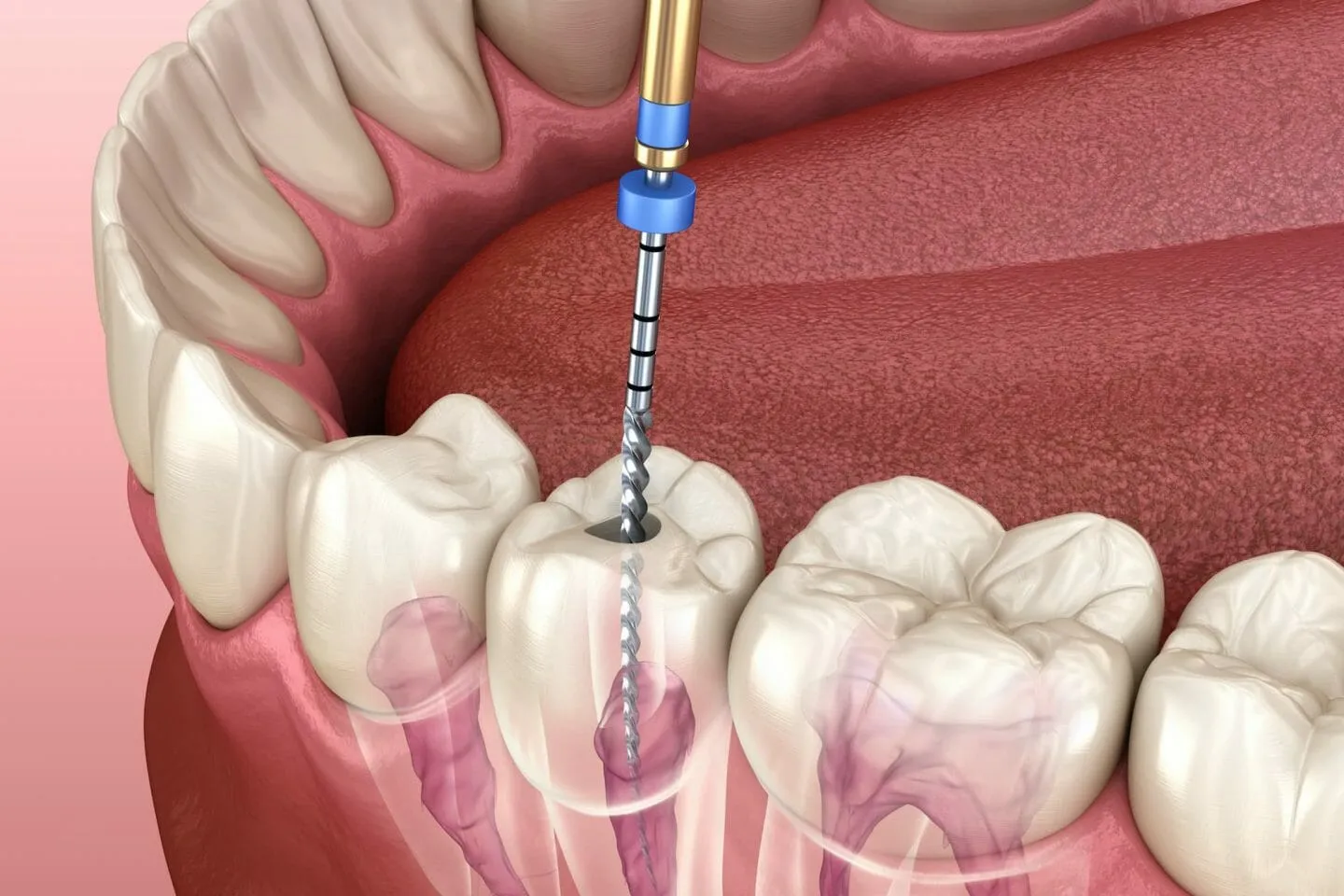When a tooth’s pulp is infected or inflamed owing to severe decay, and the discomfort worsens, it may be time to see an endodontist or dentist for root canal therapy. It is one of the most prevalent dental treatments, relieving pain and restoring smiles for millions of individuals every year. Knowing what to expect from root canal therapy is a good idea before undergoing the procedure. Get root canals tomball today.
A Root Canal is Defined As:
It is a form of endodontic care that focuses on a tooth’s pulp. Let us delve in a bit more to learn about teeth! The tooth’s pulp fills the hollow interior beneath the thick enamel. The pulp of a tooth is a collection of blood vessels, nerves, and connective tissue that provides nourishment to the developing tooth structure. They likewise mediate tooth feeling.
When the tooth’s protective enamel is broken, the pulp is exposed, and the root can develop inflammation or infection. The abscess could have been caused by trauma to the tooth or by regular tooth decay that went untreated for too long.
You may want to schedule an appointment with your root canal dentist when this occurs.
When Are Root Canals Done?
The steps of this endodontic process are as follows:
First, your dentist will inject local anesthesia to numb the region around the tooth.
- The next step is to remove the affected pulp from the tooth. If this clump of infected blood vessels and nerves is not removed, an abscess or cavity will develop. Mature teeth no longer require the pulp because they can get their nutritional needs met by the surrounding live tissue. Therefore, this pulp can be safely extracted from adults.
- The tooth’s pulp chamber is then sterilized to remove any remaining infectious material. After the pulp chamber has been formed, a filler can be placed in it.
- The root canal is sealed using an adhesive and a rubber-like filling material made from a biocompatible polymer called gutta-percha.
- Finally, a temporary crown is cemented over the restored tooth to prevent further damage until the permanent crown can be fitted.
- A permanent crown will need to be placed by your dentist at a later date.
How Much Does A Root Canal Hurt?
A severe toothache, just like any other dental problem, is an early indicator that a root canal is necessary. Even though root canals have a bad reputation for pain, the pain of an infected or decayed tooth is considerably greater. Modern anesthetics and medications make the process tolerable for the vast majority of patients.
Some lingering feeling in the treated area is normal and can be managed with pain medication once treatment is complete.








